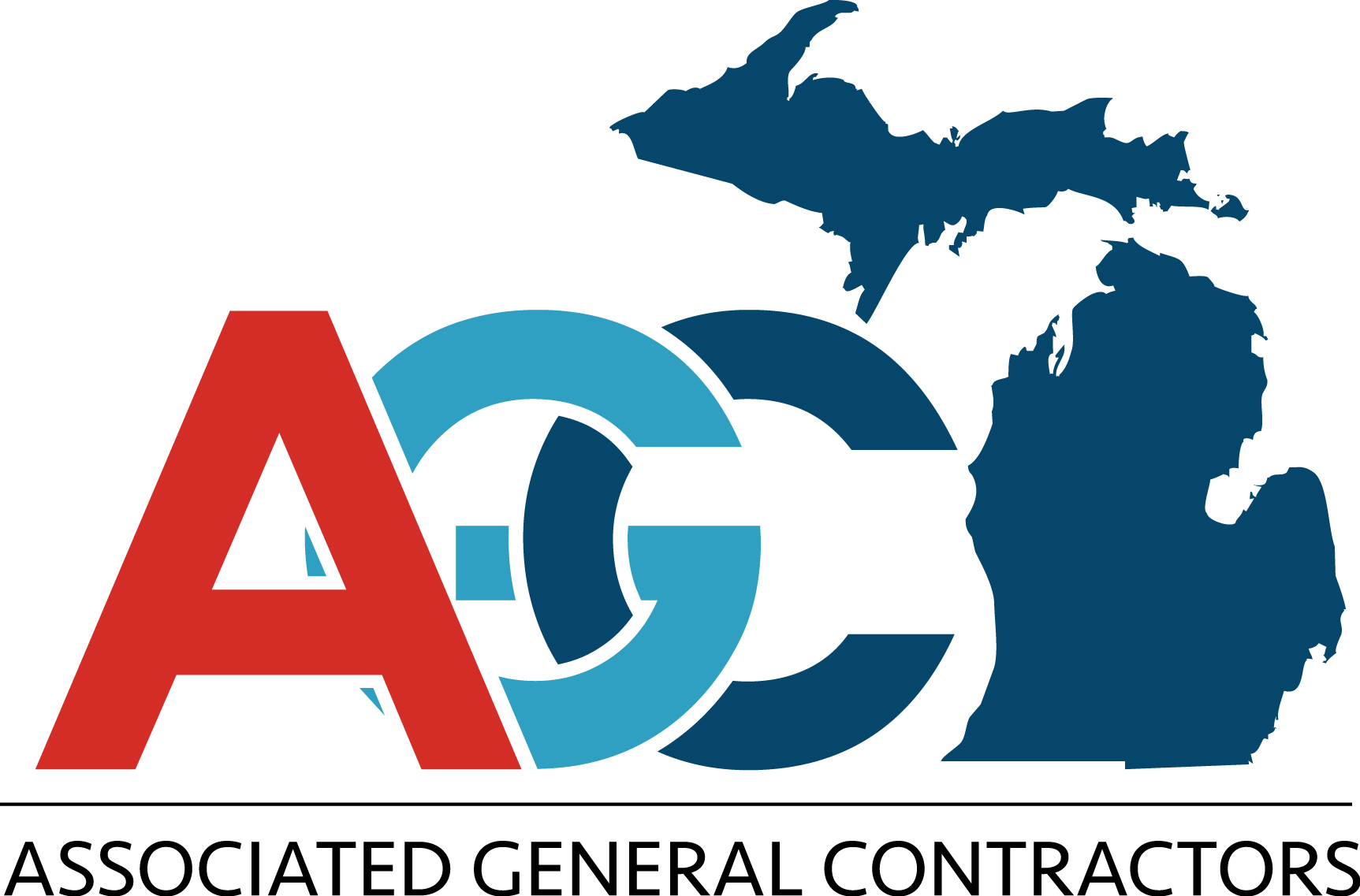Seniors in this area were moving to different neighborhoods in order to find safe and reliable housing. O’Brien Construction, CSI and DCPA teamed up to build a safe, beautiful new senior development.
HISTORIC REHABILITATION & RENOVATION
Location: Detroit, MI
Contract Value: $5,560,000
Size: 54,459 SF | 62 Units | 3 Stories
Year Completed: 2008
Client: Cooperative Services, Inc.
Financing: HUD
Architect: Fusco, Shaffer & Pappas, Inc.
Awards: AGC Build Michigan Award 2009
When considering new projects, Cooperative Services, Inc. (CSI) seeks locations where their developments can have the biggest impact on local communities while providing the highest level of safety & comfort for their senior clients. Gratiot Woods is a neighborhood under going a rebirth after years of neglect. The Detroit Catholic Pastoral Alliance (DCPA), which began rehabilitating neighborhood homes 20 years ago, found that seniors in this area were moving to different neighborhoods in order to find safe and reliable housing. O’Brien Construction, CSI and DCPA teamed up to apply for a HUD 202 grant to build a new senior development in an area of the neighborhood that was neglected and abandoned.
CSI and DCPA agreed that the new structure must blend with the aesthetics of the existing homes and buildings in Gratiot Woods and must also be an environmentally efficient building. Environmental testing of the area found various chemicals such as lead and arsenic which could be economically remediated. Excavation revealed that site soils were not just contaminated but also contained a number of basement demolition sites. Additionally, our team also encountered a number of utility relocations due to inaccurate records from the utilities and the local governments. Despite the hidden conditions and utility relocations that extended and delayed excavation work, our team completed this project one month earlier than Owner’s anticipated completion date.
Many innovative construction materials and techniques were used on the Gratiot Woods project. Some of these include the following:
Tyvek Use and Specification: Installation of Dupont Tyvek barrier over solid OSB sheathing was included with the exterior skin to eliminate water and air intrusion. Due to solid sheathing the building is very stiff; in combination with the wind barrier the insulation is allowed to reach its design capacity. Eliminating bulk water and allowing interior moisture vapor to escape, DuPont Tyvek helps reduce the energy needed to heat and cool buildings while eliminating threats of mold. Although the importance of properly installed moisture barrier has become much more recognized in recent times, the installation on many projects can easily be seen to be installed improperly. Our project required installation of the barrier per strict Dupont Tyvek specifications. A Tyvek representative held instructional sessions for the carpentry and masonry subcontractors to insure that all installers understood the proper installation and the critical importance of the barrier. Bituminous flashings at all windows, doors and other barrier penetrations allows for the system to remain water and air tight at all openings. The cooperation of the entire project team was required to meticulously detail and install the system. CSI claims that Gratiot Woods has the lowest level of moisture and air infiltration of any of their buildings. CSI uses the Tyvek system on all of their projects but stated that this was the best installation they have witnessed.
Window Upgrades: The windows for Gratiot Woods were upgraded from an Allenco, R-30 3700T rating to a Capital Window with a C-45 rating. This improvement stemmed from lessons learned on earlier projects where air infiltration through windows was found to be fairly common. The team has found a C-45 grade window to provide virtually no air infiltration. Air infiltration can be a critical problem for a senior population. Window glazing is Low-E, argon filled leading to an R–2.6.
Insulation: Normal construction of a three story apartment building would consist of the first floor constructed of 2x6 lumber and the top two floors constructed of 2x4. This limits the amount of wall insulation. CSI was able to acquire additional funding to increase the 2nd and 3rd floors to 2x6 construction leading to 5.5”, R-19 wall insulation. The ceiling insulation was increased from R-38 to R-50 with blown-in fiberglass above batt insulation.
Cementitious Siding: To ensure long life to the exterior of the building no wood products were used. The exterior consists of brick, cementitious siding and trim. Other than occasional repainting the building is maintenance free.
Safety Consultant: O’Brien Construction has a long history of zero accident projects. In the quest to maintain this history and with the understanding that safety must be reinforced constantly we created a program for all of our project managers, project engineers and superintendents. For a number of years we have employed the services of the AGC Safety Director. Our program consists of quarterly project reviews. This program continued with the Gratiot Woods project. The AGC of Michigan Safety Director walked the site with our personnel, reviewing safety standards, looking for safety infractions and providing an overall review of the companies and the industries safety requirements. Walkthroughs were followed by a lunch where the Safety Director discusses recent issues in the safety field. We are proud to say that Gratiot Woods was a Zero Incident project.
Gratiot Woods Co-op Apartments was designed and constructed with energy efficiency as a top priority. Several energy saving features were incorporated into the building including:
Lighting: 100% Fluorescent Lighting in All Public Areas All common areas are lit with T8 and similar luminaire technology. Electronic ballasts are controlled at night by the Digital Control System dropping approximately 60% of the lighting & associated heat load.
Digital Temperature Controls: Common area supply air is controlled by a set of digital temperature control systems. During evening hours the outside air feeding the central air handler is closed and fan speed is slowed to the unoccupied areas. Lighting to the unoccupied area is decreased by approximately 60% to lessen the heat load from the lighting system. These settings assist in providing substantial savings over the life of the building.
The Mechanical System: Heat is supplied from two alternating high efficiency copper tube boilers with direct combustion air ducting. Each fan coil unit is provided with shutoff valves to stop the flow of supply water along with a bypass valve to allow supply water to continue on to the next unit. Set-back thermostats are incorporated to provide energy savings and comfort to the residents. The thermostats provide large digital readouts to allow for easy reading by the elderly residents. Fresh air is supplied to each room through an exterior wall vent which is tempered through the air handling system. The units are also equipped with an electric heating coil to provide auxiliary heat during cooling seasons. We have found this to be a necessity for frailest of the elderly population.
Mechanical System Redesign: The mechanical cooling system was redesigned due to the following cost saving factors: Properly installed Tyvek wind and moisture barrier, Air tight windows, Common Area fluorescent lighting with electronic ballasts, Common Area digital controls, and additional insulation. Incorporating all of the factors above allowed building to be cooled solely through the 70 ton 3-stage chiller. This in turn allowed a decrease in the size of the electrical system leading to additional cost savings such as a smaller backup generator. The chiller has been found to rarely exceed 40 tons of cooling capacity.














